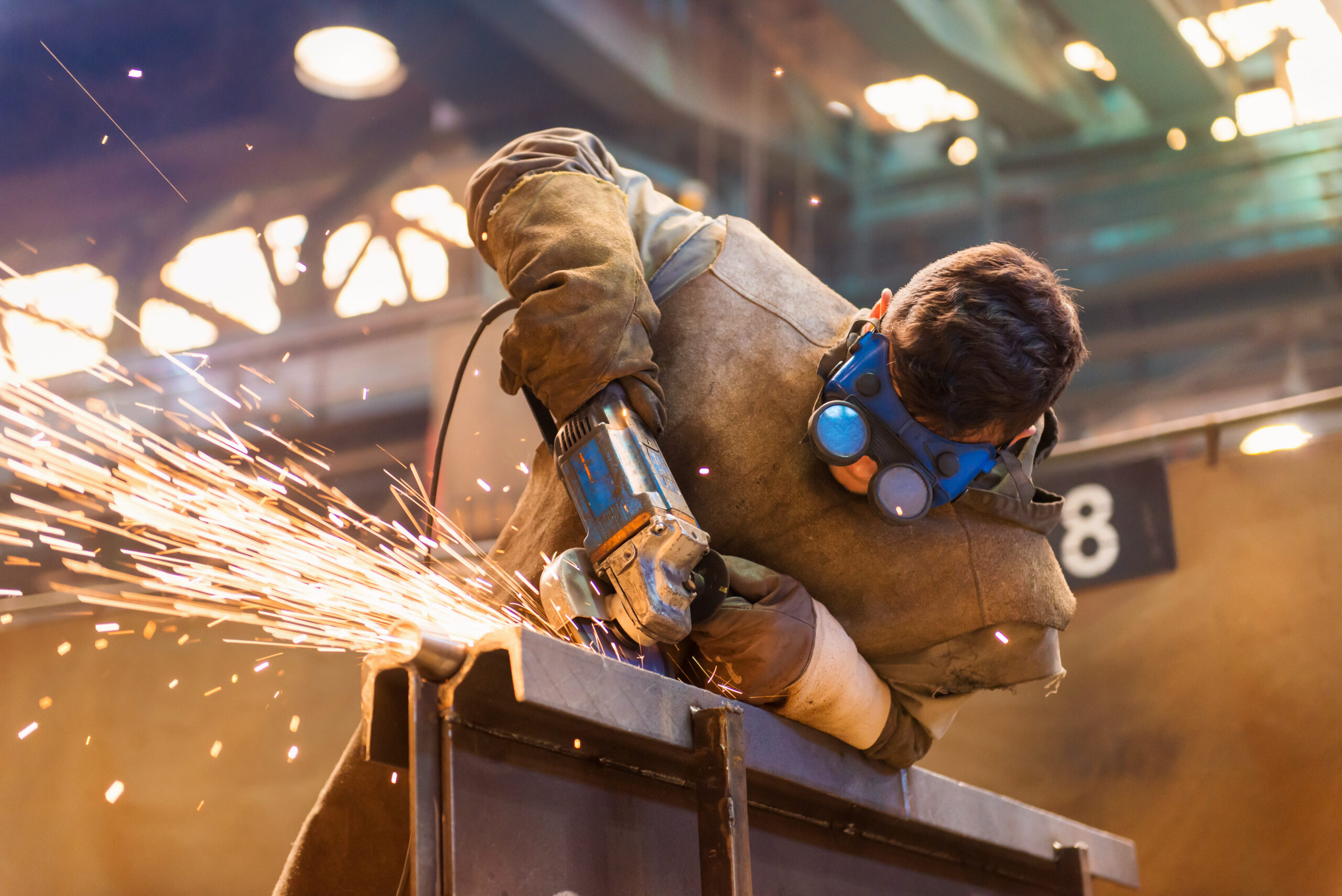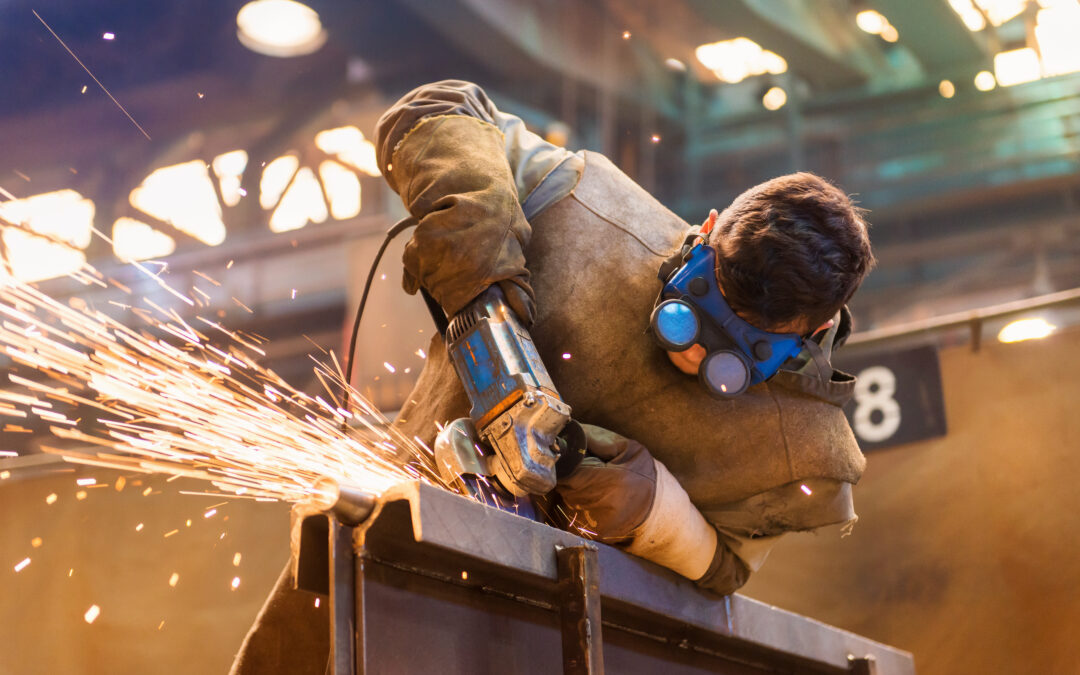Welcome to the ultimate checklist for emergency preparedness. Being prepared in case of an emergency is crucial, and it’s always better to be safe than sorry. In this blog post, we will cover everything you need to know about preparing yourself and your family for any type of emergency situation. Let’s get started!

Introduction to Emergency Preparedness:
Emergencies can happen at any time, so it’s essential to have a plan in place before disaster strikes. The first step towards emergency preparedness is creating a kit that includes all necessary supplies. You should also develop a communication plan with your loved ones and establish a meeting place in case you get separated during an emergency. It’s also important to undergo first aid training to ensure you are equipped to handle medical emergencies. By taking these steps, you can help keep yourself and your family safe during times of crisis.
Creating an Emergency Kit:
Your emergency kit should include all necessary supplies to help you survive until help arrives. Here are some items you should consider including in your kit:
Water (enough for three days)
Non-perishable food (enough for three days)
Flashlight or lantern
Batteries
First Aid Kit
Whistle
Multi-tool
Sanitation supplies (toilet paper, hand sanitizer, etc.)
Thank you for reading this post, don't forget to subscribe NOW for FREE!
Developing a Communication Plan:
Communication is critical during emergencies, which is why developing a plan with your loved ones is essential. Make sure everyone knows how to reach each other, whether through text message, phone call, or email. Establish a designated person who will check on everyone regularly and make sure they respond promptly. Also, decide on a meeting place where everyone can gather if they become separated.
Establishing a Meeting Place:
Choose a location that is easily accessible by everyone in your household. This could be a nearby park or community center. Ensure that everyone knows the address and directions to the meeting point. If possible, choose a landmark that is easy to recognize from afar.
Importance of First Aid Training:
First aid training is vital because it provides you with the skills needed to handle medical emergencies until professional help arrives. Take a course to learn basic first aid techniques such as CPR, bandaging wounds, and using a defibrillator. You never know when these skills might come in handy.
Conclusion and Final Tips:
Being prepared for an emergency is not just about having the right equipment; it’s also about being mentally ready. Stay informed about potential risks in your area and create a plan accordingly. Practice your emergency drills regularly to ensure everyone knows what to do in case of an emergency. Finally, don’t forget to update your emergency kits and communication plans periodically to ensure they remain effective.
Remember, being prepared is key to staying safe during emergencies. Follow our ultimate checklist for emergency preparedness, and you’ll be well on your way to keeping yourself and your family protected.






